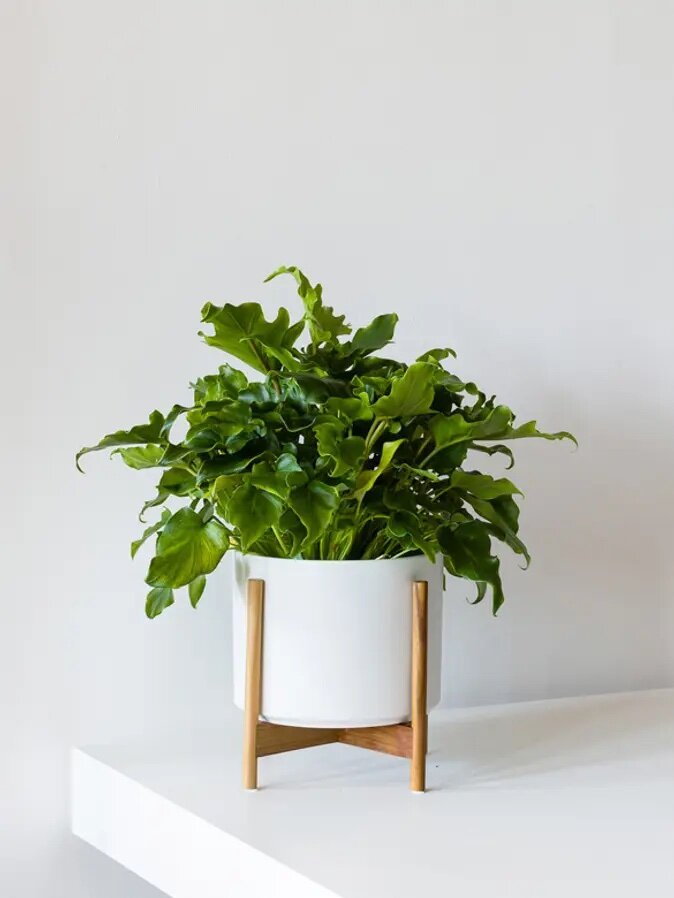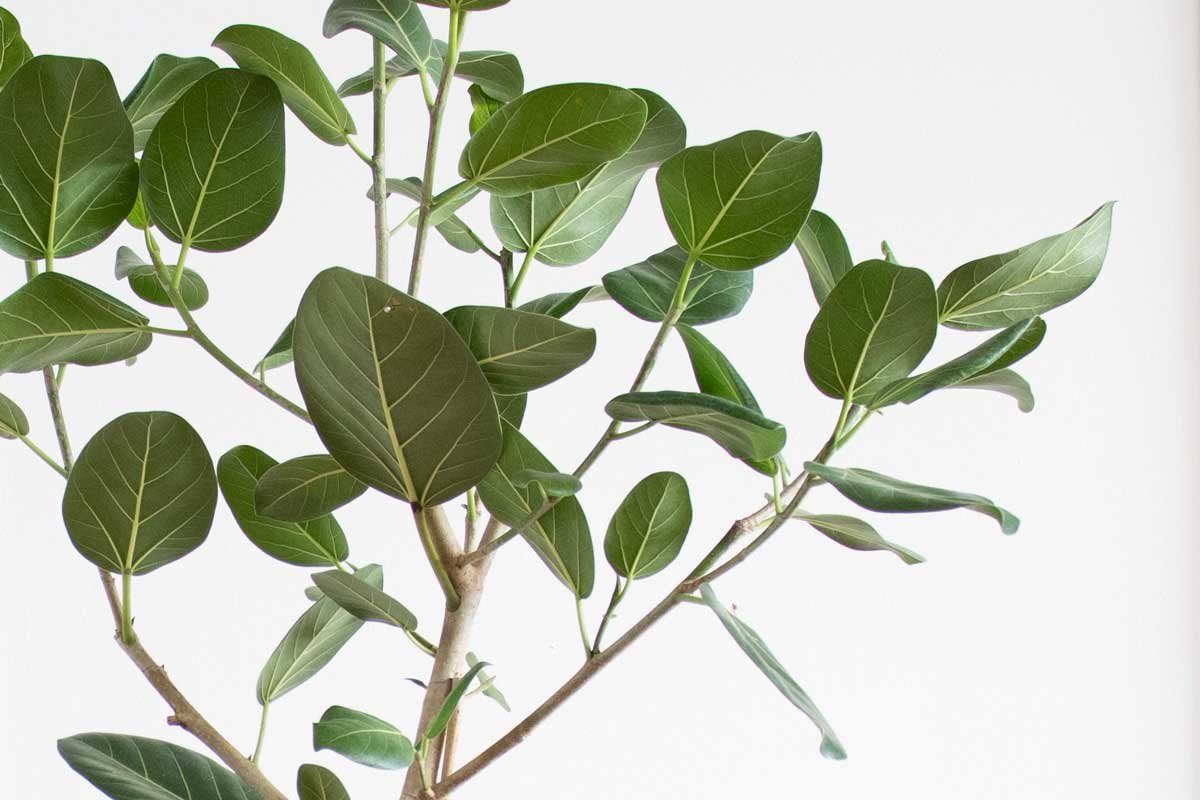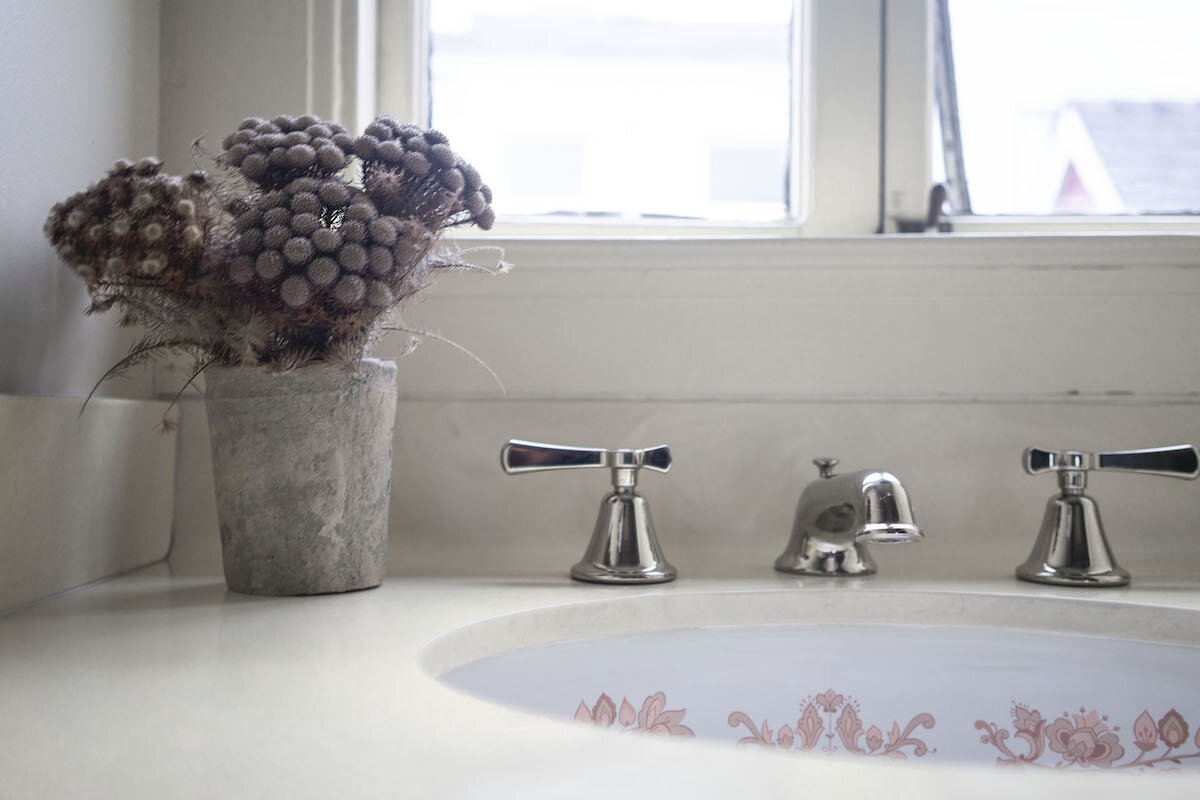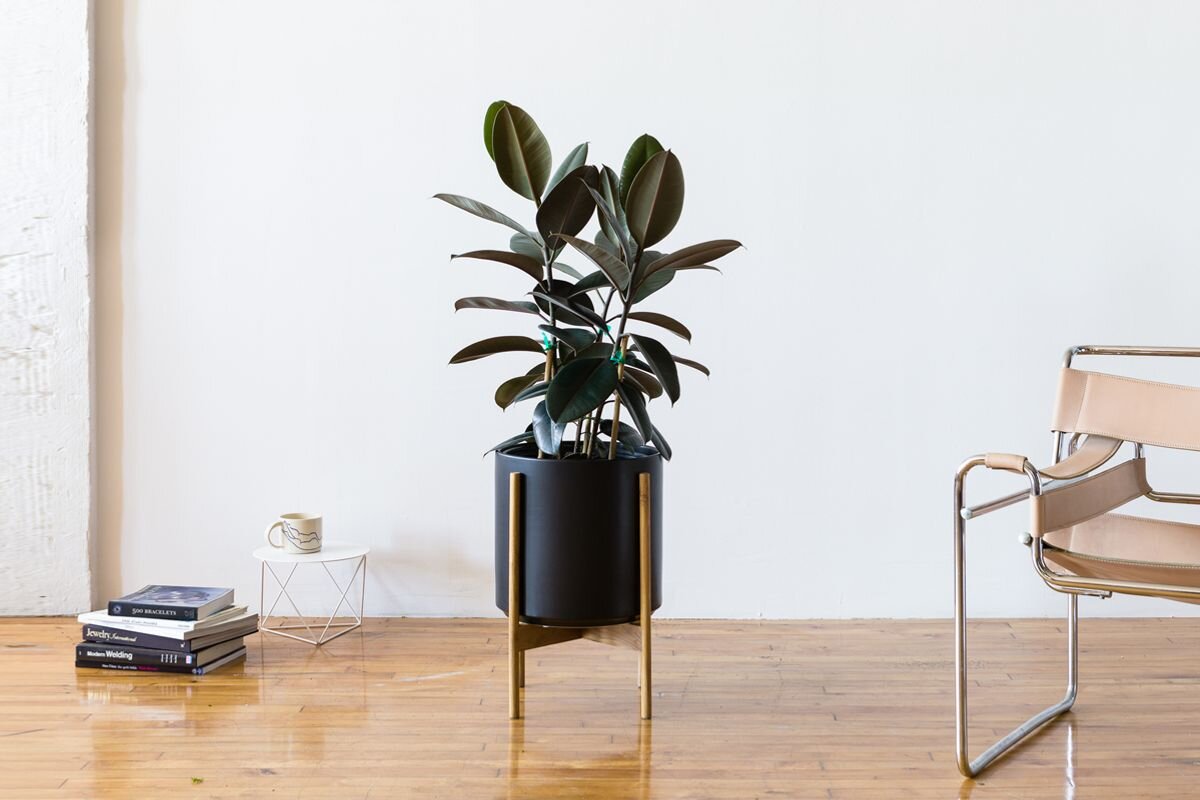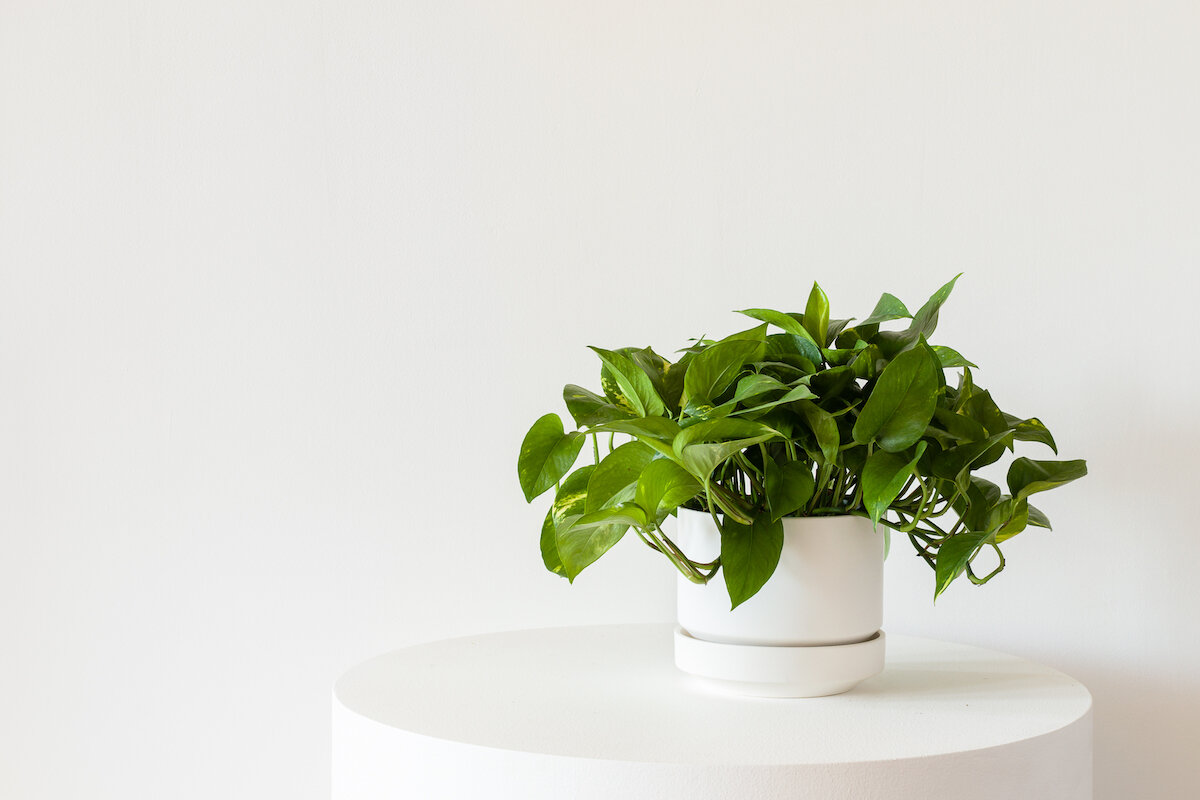If your plant is exhibiting foliage issues like yellowing, browning or dry leaves that no longer appear viable, don’t panic! This is nature at work: as plants age, some of their leaves will lose liveliness and strength. New leaves will grow to replace them, and they’ll grow even quicker with a little help. Pruning off old foliage signals to your plant that it can direct its energy toward pushing out new growth. So don’t be afraid to give your plant a snip — follow the steps here, and prune with confidence.
Shape It Up
Your plant is like a living sculpture: you can maintain the ideal shape and size for your space by pruning off unruly stems and leaves. Simply cut close to the base of the stem or tug on the root and see if you can pull it out completely. Maintaining a balanced structure has the additional benefit of preventing tilting and sagging.
Clean Up The Edges
Every plant can use a manicure from time to time. With sharp scissors, you can trim off imperfect or discolored leaf edges and re-shape your plant’s edges for uniform foliage. Unless you’re aiming for a complete reshape of the leaf, be sure to leave the slightest sliver of brown, right before the green. Cutting into a healthy part of the leaf will create fresh wounds that will need to dry out and heal.
A Light Touch
Plan on pruning no more than 25% of the plant’s overall foliage at any one time. This ensures that your plant doesn’t go into shock and allows you to take time to consider the overall desired shape.
Take a Step Back
Once you’ve finished your first round of pruning, take a step back and look at the plant from a distance. If any leaves you’re considering pruning contribute nicely to the overall shape, leave them on. Pruning is essentially an art (think bonsai and ikebana) and it allows you to take the reins in determining how you would like your plant to look. Assess the plant regularly throughout your pruning routine to ensure that it’s headed in the direction that is beautiful to you.
Last but not least, a *pro tip*: scared of pests? Keep your plant well-pruned! Pests are significantly less likely to make your plant their new home if it has well-maintained foliage. (Think of it like this: fewer branches to hang their hammocks from!)
BIRD OF PARADISE
With long elegant leaves rising up from the bottom, the Bird of Paradise is a popular indoor plant for creating that instant jungle atmosphere.













